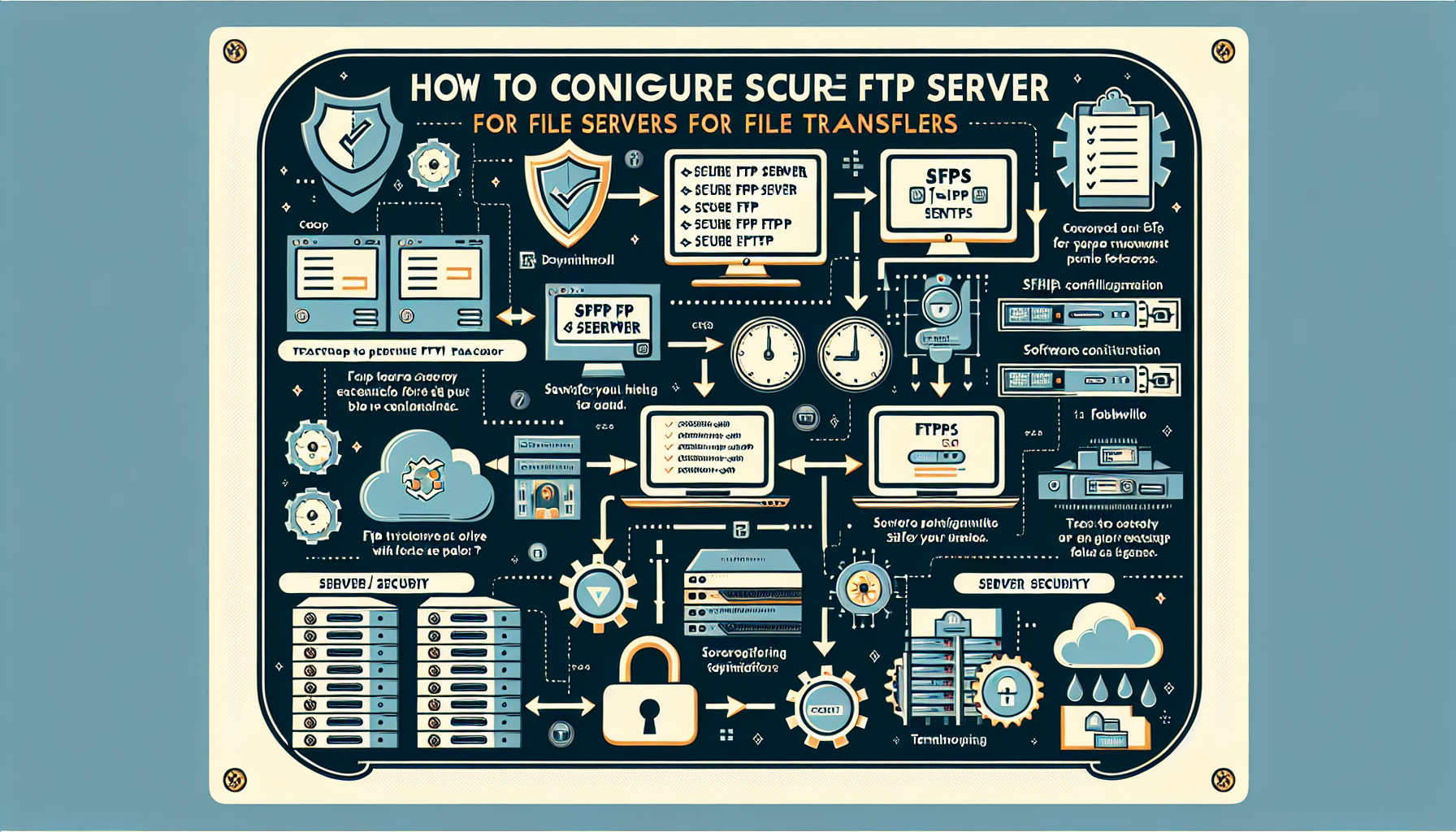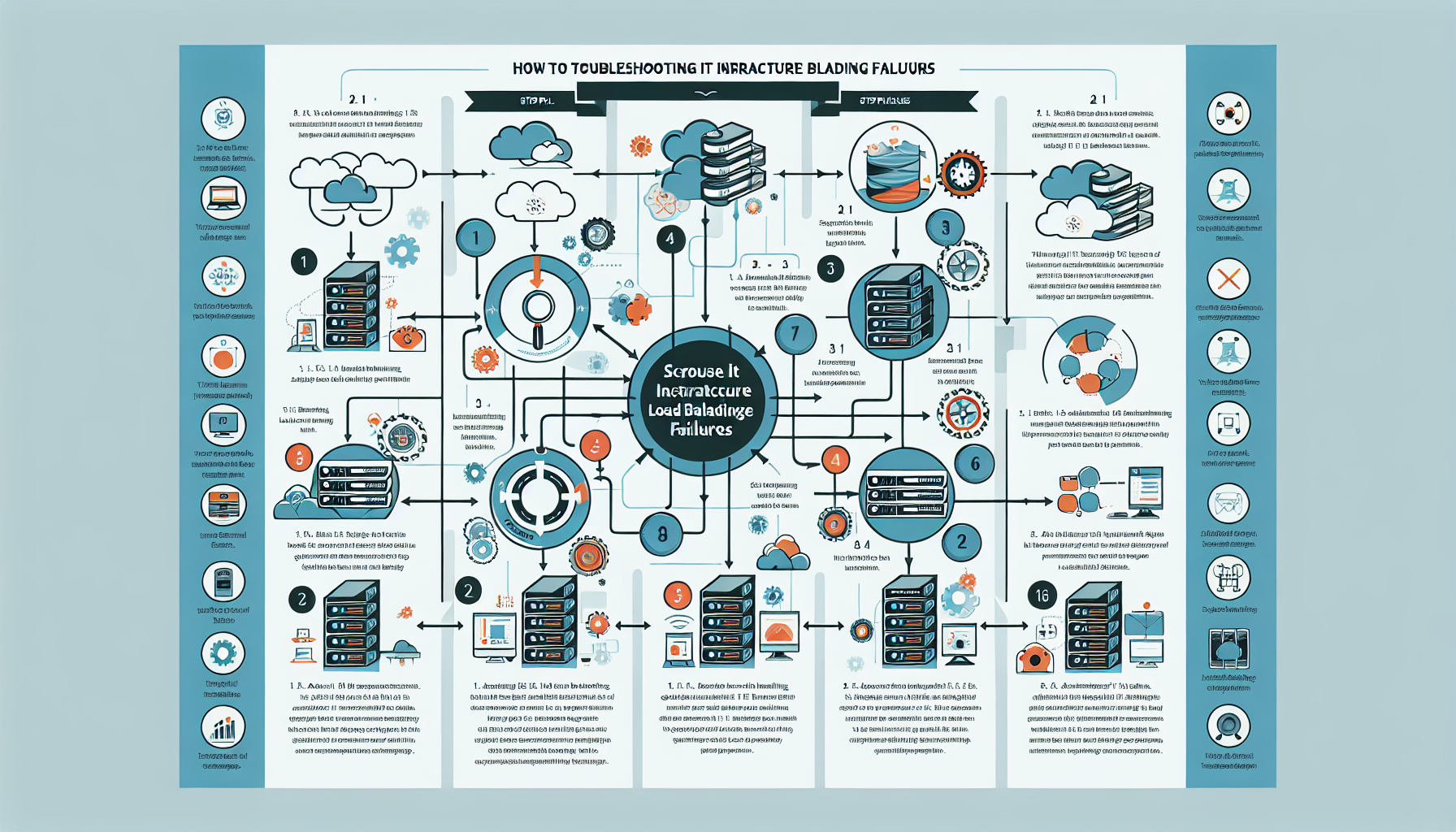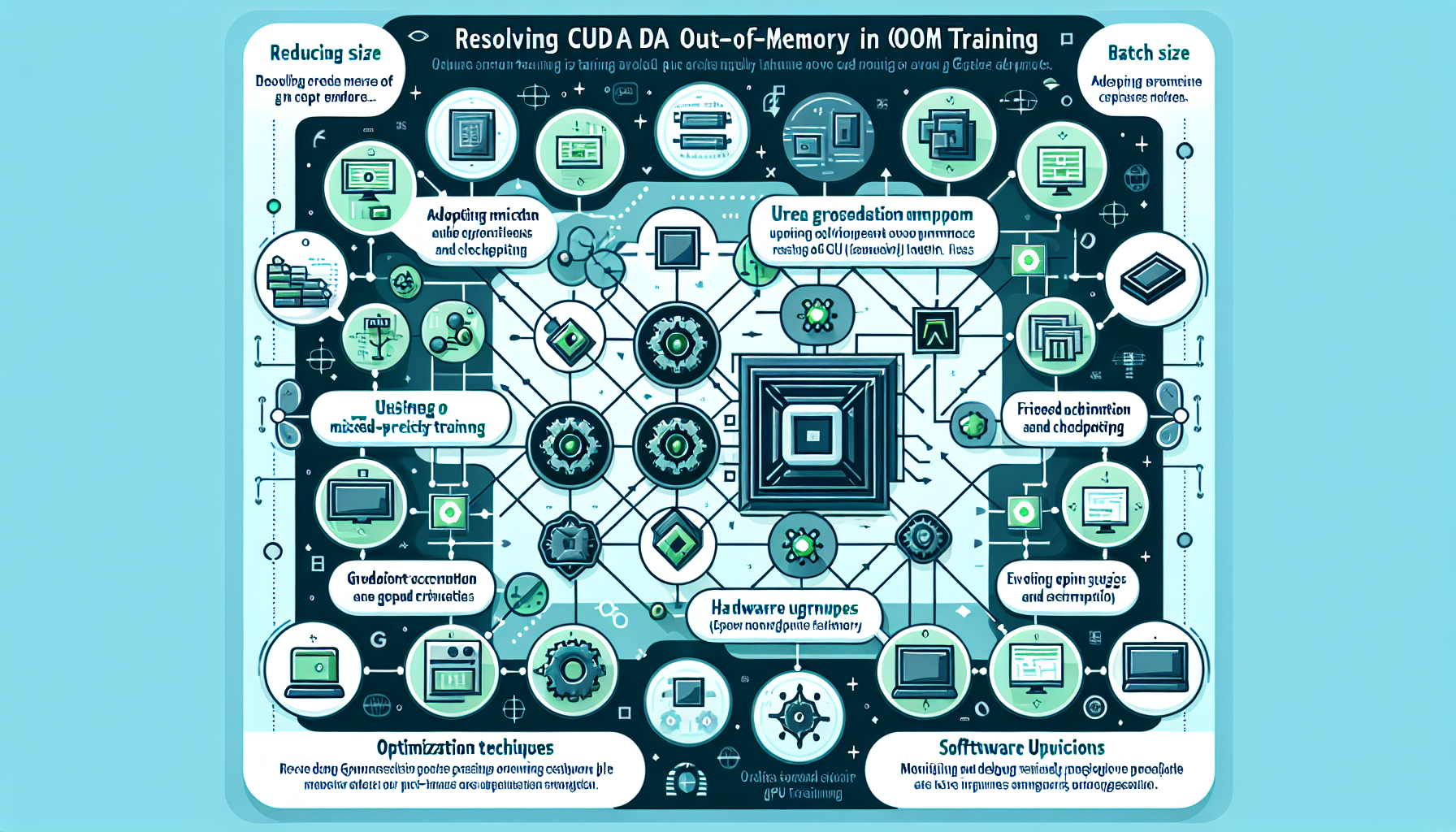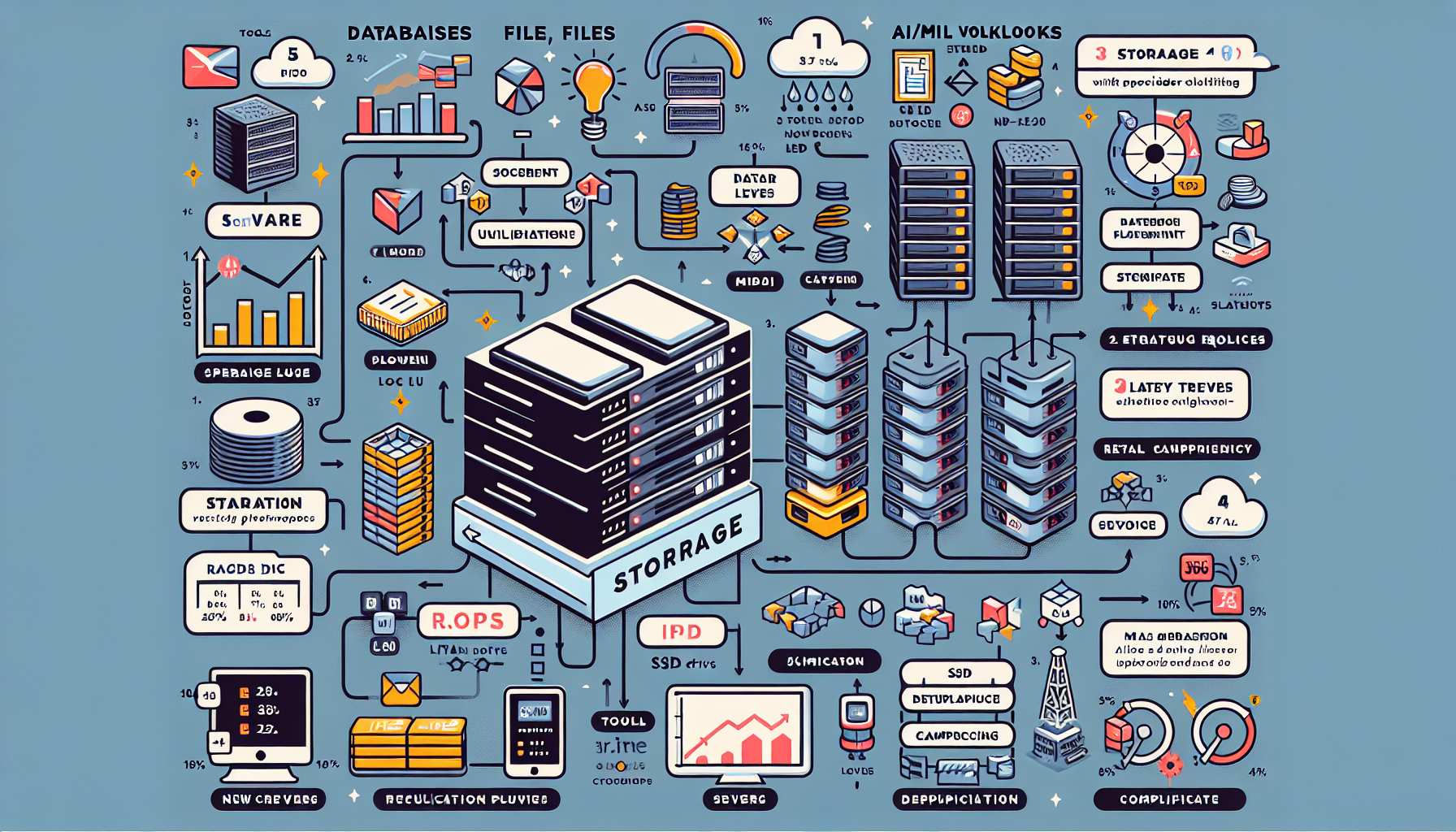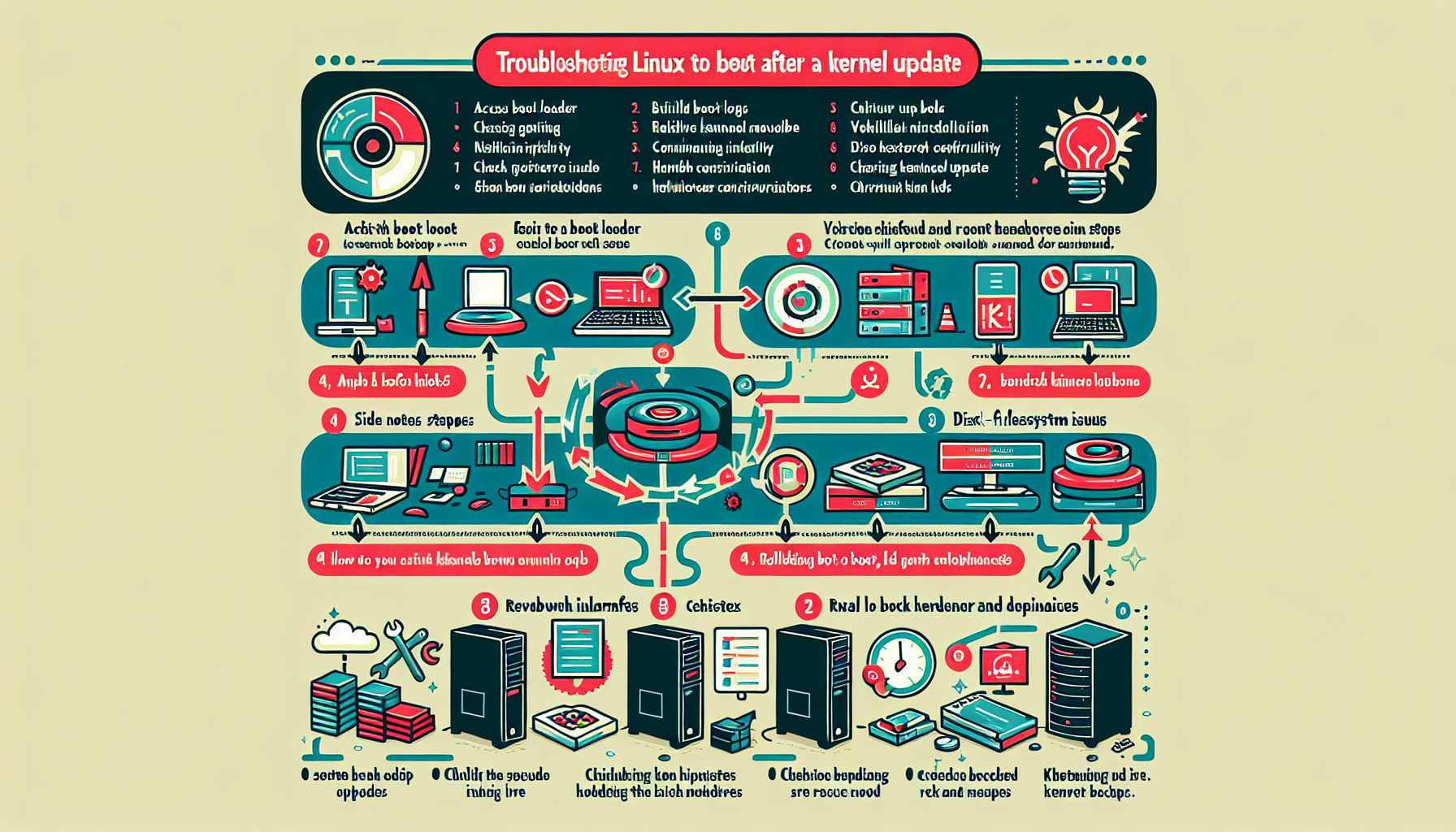How do I configure secure FTP servers for file transfers?
Configuring a secure FTP (SFTP or FTPS) server is essential for secure file transfers. Below is a step-by-step guide to setting up a secure FTP server, considering best practices for security: 1. Choose the Type of Secure FTP Server SFTP: Uses SSH (Secure Shell) for encryption. No additional ports are needed, as it runs on […]
